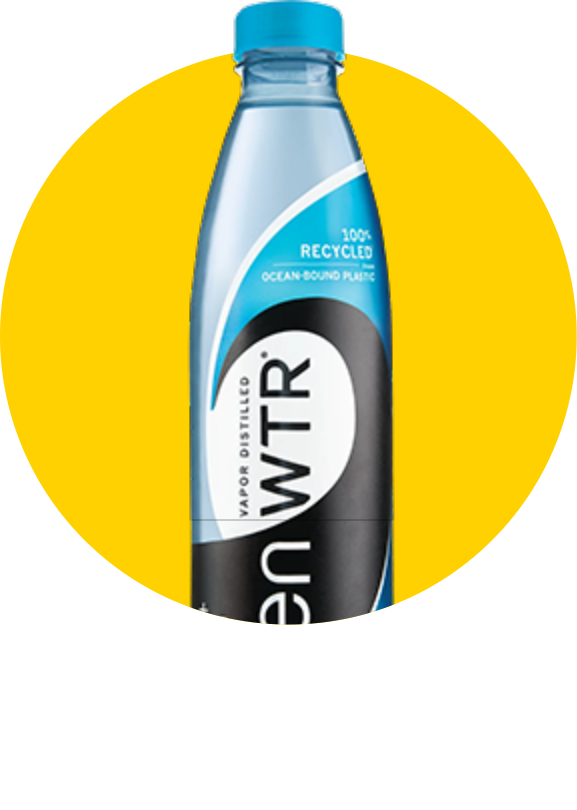The CPG industry is hyper-competitive, with brands constantly vying for shelf space and customer attention. To stay ahead of the competition, CPG leaders need to be able to identify new trends early and adapt their strategies accordingly. This can be a challenge for consumer products, given the sheer volume of data that leaders have to sift through daily.
That’s where Helio comes in.
Helio is the most forward-looking CPG data analytics and insights platform, providing leaders in Brand Management, M&A and Corp Dev, Insights/Market Analytics, and Innovation/Strategy with the intelligence on consumer behavior and product categories they need to grow and scale.
Helio’s AI-powered technology surfaces relevant insights from across the consumer goods ecosystem, including social media, e-commerce platforms, news sources, and more—quickly identifying emerging trends.
Here are the top 5 CPG trends in apparel and footwear that are expected to dominate in 2023:
#1 Athleisure, luxury sportswear, and streetwear have taken North America (and the world) by storm
Athleisure is a trend that shows no signs of slowing down anytime soon — especially given the work from home movement in the wake of the pandemic. Consumers are gravitating towards apparel and footwear brands that can be worn for exercise and everyday activities. This trend is driven by a desire for comfort, versatility, and style.
Luxury sportswear is a subset of the athleisure trend that focuses on high-end athletic rather than casual wear. Luxury sportswear brands like Nike Lab and Adidas Originals create clothing and footwear that combine style with functionality, using premium materials such as leather or suede in their designs.
Streetwear is a trend that combines elements of skate culture, hip hop culture, and surf culture. The streetwear look—which fashion icons like Hailey Bieber and Emily Ratawjoski are often found sporting in the streets of New York—is often characterized by oversized t-shirts, hoodies, joggers, and sneakers. Streetwear brands like Supreme, Hypebeast, and Off-White have become extremely popular among millennials and Gen Z, thanks to their style-forward designs and exclusivity.
#2 Environmentally conscious and ethical consumers drive sustainable fashion
As consumers become more conscientious about their environmental impact, they are beginning to demand more sustainable products. Sustainable fashion includes clothing and shoes from eco-friendly materials such as organic cotton or recycled plastic bottles — Rothy’s was a first-mover here, and countless others have followed suit.
Ethical consumers also consider the working conditions in consumer goods manufacturing. Industry-leading brands like Patagonia and Everlane have long focused on sustainability and ethical production initiatives to appeal to environmentally conscious consumers, and emerging companies are following suit. Patagonia’s billionaire founder Yvon Chouinard announced in September that all company profits would go into fighting the climate crisis.
#3 Direct-to-consumer (DTC) and e-Commerce are growing sales channels
The direct-to-consumer (DTC) business model has become increasingly popular among CPG companies in recent years. It allows them to bypass traditional sales channels like Walmart and Amazon and sell products directly to consumers. Many CPG brands have also built e-commerce platforms to drive direct retail sales.
The growth of DTC and e-commerce sales in recent years has been driven by a new generation of digital-native consumers comfortable with online shopping. Millennials and Gen Z are attracted by the convenience, ease of shopping, and ability to compare prices and review products before making a purchase.
DTC and e-Commerce have presented challenges in inventory management. A growing number of CPG companies are now leveraging the internet of things (IoT) technology to beef up their supply chain strategy. They use data analytics and business intelligence tools to improve fulfillment and other supply chain operations. This allows them to stay on top of disruptions, especially in light of events last year involving the pandemic and lockdowns.
#4 Growing focus on customer experience using social media and interactive technology
CPG brands have increasingly focused on customer experience using social media and interactive technology. Additionally, there’s a growing emphasis placed on “community creation,” or the process by which consumers are actually a part of the product development process. Versed, a skincare brand, is an example of one of these companies.
Social media and immersive technology allow customers to communicate easily with brands and share their experiences. For instance, TikTok product reviews have played a significant role in building awareness of new brands, and giving CPG companies a new way to collect and understand customer sentiment.
Mobile apps and other technological disruptions have made it easier for customers to access products and services on-demand.
CPG brands focusing on their omnichannel strategy and customer experience will be more successful in attracting and retaining customers in today’s competitive marketplace.
Helio helps you stay ahead of the competition
Helio empowers your CPG company to make data-driven decisions by providing the most comprehensive and up-to-date data on the CPG industry. The platform helps CPG companies with market research and trendspotting through insights on customer data, consumer spending trends, consumer preferences, competitor information, market share, and much more.
This way, you can always be sure that you’re offering your customers new products they want—before your competitors even know they exist.
We’re more comprehensive.
Our platform is the industry’s most comprehensive: pulling data from more brands (over 1.4 million) and more sources (over 200) than the competition.
We’re more comprehensive.
Our platform is the industry’s most comprehensive: pulling data from more brands (over 1.4 million) and more sources (over 200) than the competition.
We’re more comprehensive.
Our platform is the industry’s most comprehensive: pulling data from more brands (over 1.4 million) and more sources (over 200) than the competition.
We’re more comprehensive.
Our platform is the industry’s most comprehensive: pulling data from more brands (over 1.4 million) and more sources (over 200) than the competition.
By understanding how these trends will impact the CPG landscape, you can position your business for success.
To learn more about Helio or get in touch, visit heliodata.com.


